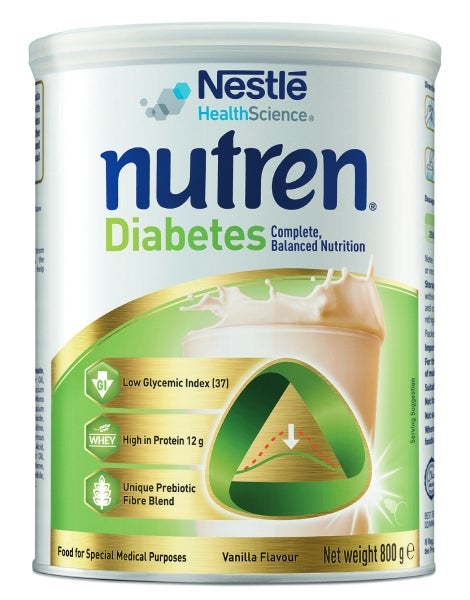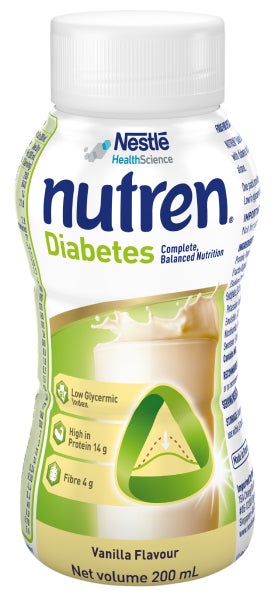“A person with diabetes should watch what they eat, but that doesn’t mean going on a crazy diet plan and cutting out carbs and sugar altogether. Always consult with your dietitian and diabetes educator to find out what foods are suitable, and how much energy your body needs according to your medication. Avoid foods that contain trans fat, refined sugar and have a high glycemic index measurement as these will cause blood sugar surges. If you are easily tempted, then avoid buffets as they are a waste of money, and only show up on your waistline,” Easaw exclaimed.
When you have diabetes, it is important to eat three or more meals a day, within your meal plan including breakfast, ideally at the same time every day to ensure a steady blood sugar level[6]. However, due to our busy lifestyles, many find it challenging to eat on schedule. This is where a meal replacement can support your daily food plan. Meal replacement products (MRPs) provide a meal or healthy snack alternative for people with diabetes. They may help to stabilise blood sugar levels and also assist with weight loss[7].
A specialised diabetes nutritional beverage that supports you in managing your blood sugar level should contain whey protein, 100% soluble fibre, and slow digesting complex carbohydrates. It should also have a low GI measurement, and meet the latest recommendations as suggested by the American Diabetes Association.
Whey protein, an essential ingredient found in a specialised diabetes nutritional beverage is widely known for its high protein content that effectively reduces blood sugar surges after meals compared to other protein sources such as eggs, soy or tuna[8]. Whey protein essentially helps release specific types of hormones in your body, GLP-1 and GIP, to stimulate insulin after a meal. Taken over a period of time, whey protein even helps to reduce your HbA1c, i.e. glycated haemoglobin[8].




